
Earlier this year I started collecting components to replace my bikepacking rig with a more modern frame shape and lighter-weight build. My other bike was stolen in the meantime, making the transition more immediate than I had planned. This new Cotic Solaris MAX is covered in components that will be reviewed in coming articles.
The steel 29er frame is a size small, with a 440mm reach, a slacker 74° seat tube, a 66° head tube angle with the 120mm fork, and stabilizing 444mm chainstays. While I prefer bikes with longer reach and steeper seat tube angles, this frame will be ideal for its intended use. Cotic says that you can run up to a 140mm fork on the Solaris MAX, opening the frame up to some stellar build options. Cotic has since released a new version of the Solaris MAX with a 75° seat tube angle and additional gear-attachment points.
Enve Mountain Fork

A good chunk of the weight savings on this bike is made up front, with the Enve carbon fiber Mountain Fork. At 710g with the steerer cut, this fork does make the bike feel a little unbalanced. I won’t be hucking huge gaps with this setup, so balance isn’t super important. Instead, I’ll be bolting Salsa Anything Cages and bags to the mounts on either side of the Mountain Fork to hold my trail snacks on long adventures.
The axle-to-crown measurement on the Mountain Fork is similar to that of a 120mm squisher, and the offset can be swapped between 44 and 52mm by reversing the dropout. I tried the 52mm setting on one ride and the bike felt like a dying school bus that’s been deemed unsafe for children. That is, the steering was slow and uneasy. I’ll be leaving the fork in the 44mm position from now on.

After a few splashes through the puddles I have to say that this tiny carbon fender is largely useless. It works if your head is the precise location that it covers, but it’s in dire need of an extension. I like to ride in the rain, so this thing will be augmented at some point. The narrower tubing on steel frames increases the need for a fender since the downtube is about half as wide as a modern carbon tube.
9point8 Fall Line Dropper Post

Canadian brand 9point8 says that their Fall Line dropper is the lightest on the market. “Engineering is lighter than carbon.” The 150 x 30.9mm dropper I’m using weighs less than any other I’ve tested, so they’re likely on to something.
The head of the post can work with all contemporary saddle-rail shapes and comes in setback, fast forward, or a straight rail-clamp positions. You can also choose from a 1x-style lever, a top thumb lever, or their “trigger” style that looks a bit like a cantilever brake lever. The 1x lever they sent with the Fall Line is made by Wolf Tooth, and offers a naturally smooth action.

Super adjustable head 

9point8 stout stem.
Installing the Fall Line takes more time and patience than any other post I have installed in the past few years. The base of the post has a few pieces of mounting hardware that have to be disassembled and refitted to get the cable in place, and they’re not super intuitive compared to the competition. Fortunately, the company made support videos to get it all sorted.
Trickstuff Piccola Carbon brakes

Okay, featherweight XC-race brakes with massive stopping power are gratuitous for a bike like this. I first saw the Piccola brakes on Sabine Spitz’s World Cup XC machine that the folks from Trickstuff displayed at Eurobike a few years back, and I’ve wanted to test a set since. Like everything that the small German company creates, these brakes are far stronger, laughably lighter, and more expensive than anything the competition has on offer. The front brake taps the scale at about 150g without the rotor, with the hose cut to 70mm.

After testing the 4-piston Direttissima brakes from Trickstuff, the massive power in the Piccola shouldn’t be a surprise. It’s astounding. These things are light enough for top-level XC racing, and potentially powerful enough for an enduro event. I’m starting out with a set of 180mm rotors to keep them cool, but I may switch to 160mm and see how that goes. There won’t be any thoughts of fading brakes on long alpine descents with the Piccola.
Look X-Track Race Carbon Ti pedals

Who needs a 295g pair of XC race pedals with carbon-fiber bodies and titanium spindles? Not me, nor any other adventurous bikepacker. However, we have wanted to review these sweet XC clips for a bit, so they’ll be tested here.
The Look X-Track Race pedals are SPD-compatible, with a similar retention adjustment system to that of Shimano. Look says that the pedals offer industry leading power transfer and support for their weight, and shed mud and sand well. We’ll report back on those claims as well as the bearing service process this winter after some long grimy miles
Maxxis Rekon Race tires

This rigid ripper will see more dirt-road miles than anything, and many of the trails I’ll take it on will have a similar tread to those roads. I figured that a set of XC race tires would make for the perfect fast-rolling traction in hard-packed conditions, so I mounted up a set of Maxxis Recon Race EXO tires. Then, I flatted on the first ride. I may need to add some weight here in the way of an insert or sturdier rear casing, but I’ll give these a few more rides to be sure it wasn’t a fluke.
The Recon Race have a low and tight tread-profile that feels fantastic on dirt or gravel grades, and the thinner sidewalls absorb a fair bit of chatter when they’re inflated to 22-25psi. Fingers crossed they don’t puncture again.
Salsa EXP Series Framepack

When it’s time to pack the tent this bike will be covered in nearly every bag Salsa makes, and I’ll be testing bags from a number of other companies over the winter. I’m still working on the fit with this size small EXP Series Framepack, and might swap it out for larger model.
While this bike could have an even lighter wheelset and drivetrain to help spin out the miles with minimal effort, this is a good place to start. The mix of Shimano XT and SLX components creates a dependable bunch of moving parts that won’t require frequent maintenance or attention. There are plenty of unknown featherweight test bits throughout the build, so it made sense to limit the possibilities for disaster at some point.
We would like to thank the brands mentioned above for providing gear for testing and review.












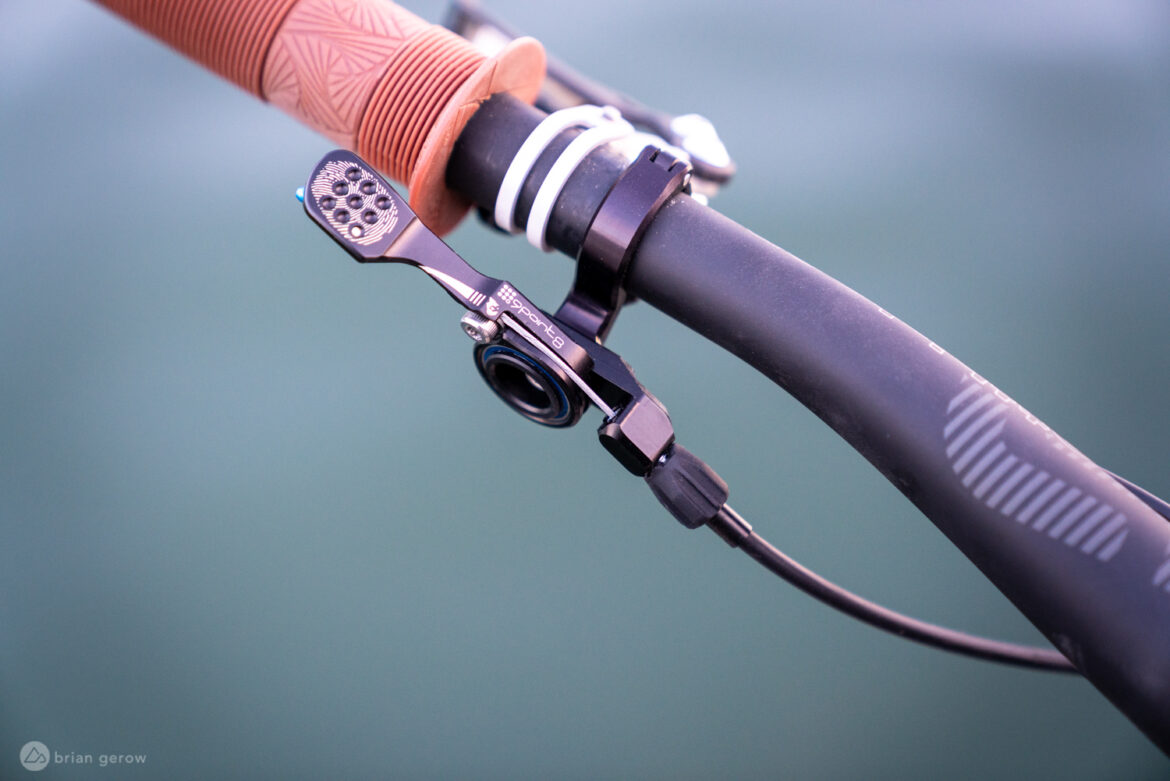
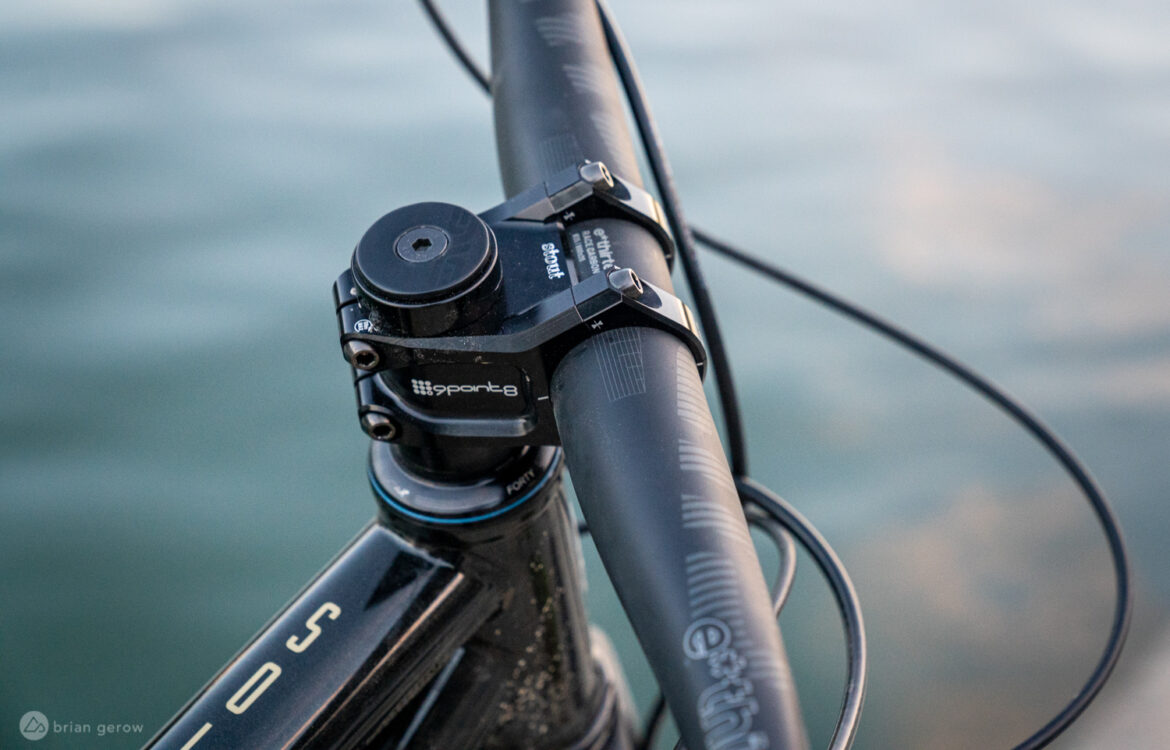


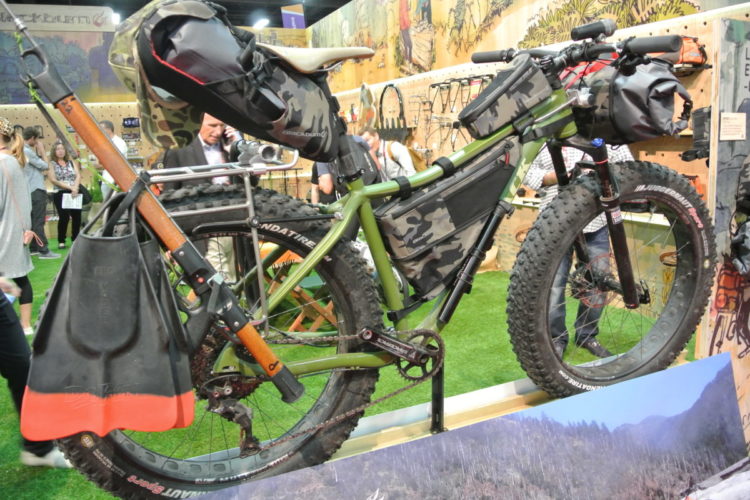
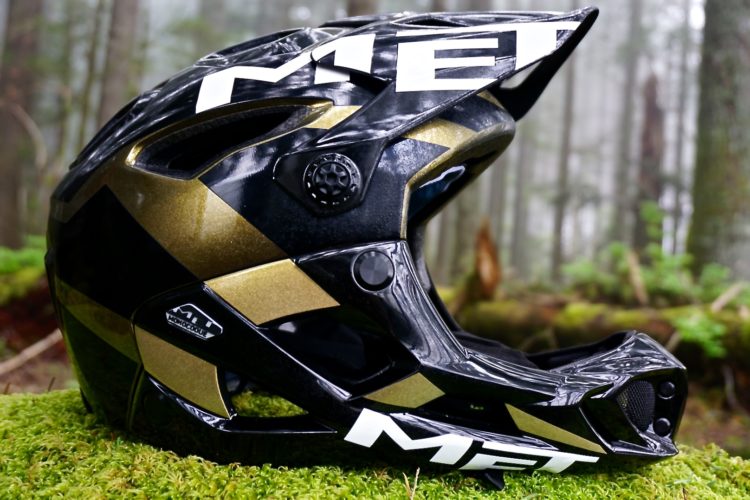
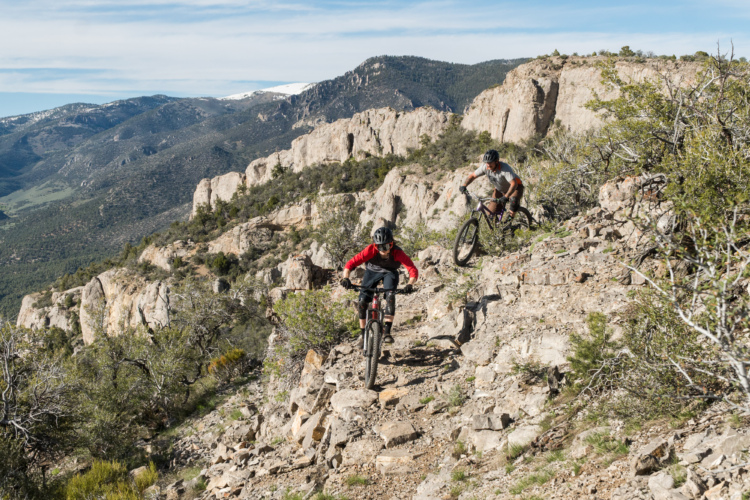
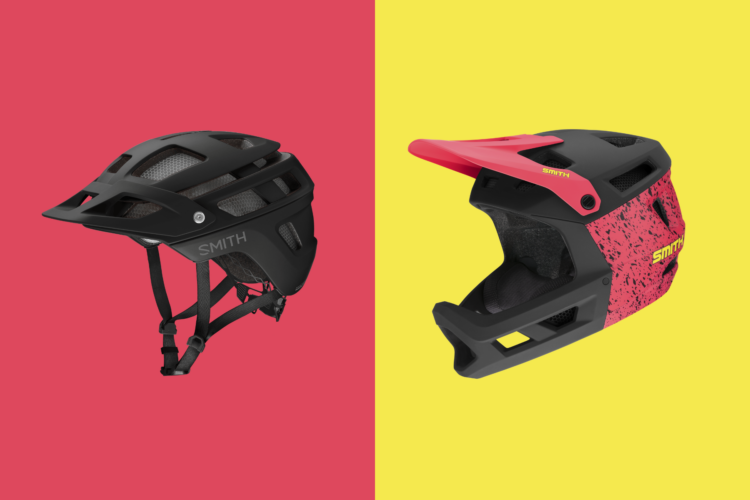

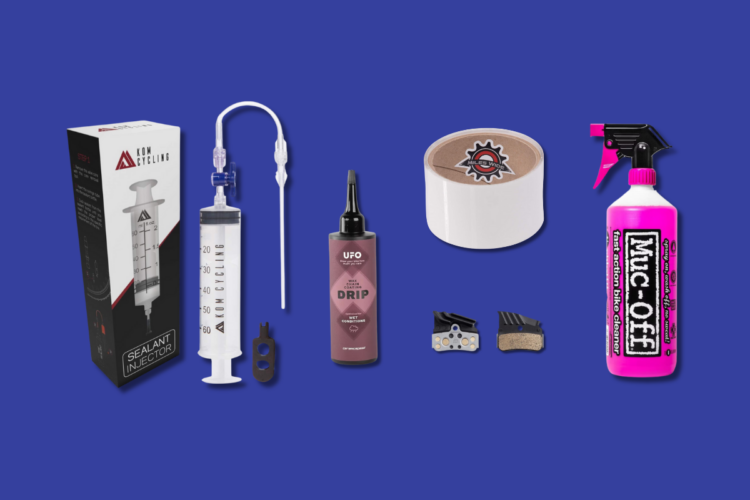

9 Comments
Oct 3, 2020
Oct 21, 2020
Have to admit, that bike does bring a grin to my mug cause it looks like a real pleasure to ride.
Oct 19, 2020
Oct 4, 2020
Bend your knees and elbows at all times, Brian! It will not prevent all pinches but will cut the number of em.
Oct 4, 2020
Yeah, the pressure was a little low at 21pis, and I'll definitely increase it from now on. It seems like a fluke flat, as I didn't hear the rim-strike. It just slowly lost pressure. I'm stoked that the plug sorted it out. Those little rubber worms are ace!
Oct 3, 2020
Oct 9, 2020
Oct 9, 2020
Last night I went on a night-ride with some friends who were on hardtail XC bikes and enjoyed every minute of it. The rigid fork offers a fun challenge for line choice and makes the bike wheelie like a feather.
Oct 9, 2020